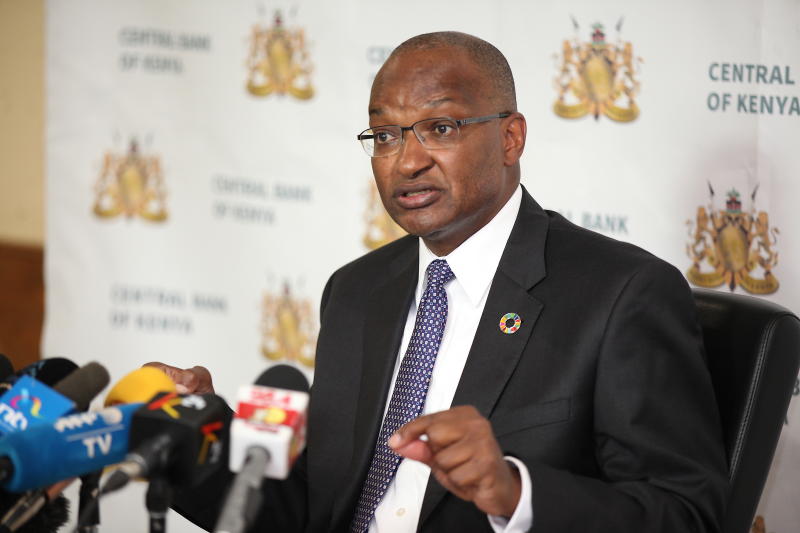×
The Standard e-Paper
Kenya’s Boldest Voice

Kenya’s stable exchange rate is supported by economic fundamentals, a rebuff of an earlier finding by the International Monetary Fund (IMF), which found that the shilling was overstated.
An assessment by the Central Bank of Kenya (CBK) has also found that there was an agreement between the exchange rate and stability of prices in the economy, even as it absolves the apex bank of propping up the currency.